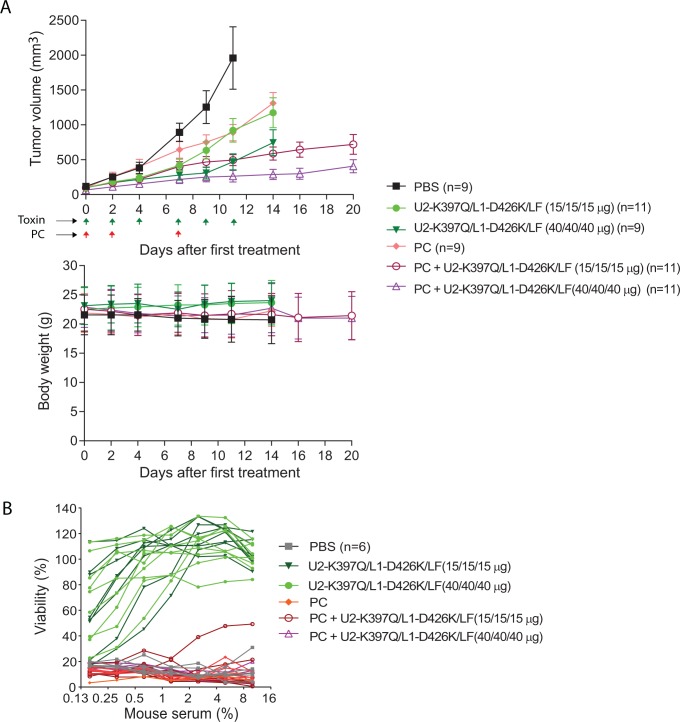Figure 3. Anti-tumor activity of the engineered anthrax lethal toxin.
(A) LLC lung carcinoma-bearing immunocompetent C57BL/6J mice were treated intraperitoneally with PBS, 15 μg (low dose) of each of PA-U2-K397Q, PA-L1-D426K, and LF, or 40 μg (high dose) of each of PA-U2-K397Q, PA-L1-D426K, and LF. PC regimen (20 μg pentostatin and 1 mg cyclophosphamide) alone or in combination with low or high dose of the engineered toxins was also included. Schedules for PC and the toxin treatments are indicated by the arrows. Tumor volumes and body weights were monitored. Sera were collected from mice at the end of the experiments for analyses of the anti-toxin neutralizing antibody production in B. Tumor volumes, mean ± SE; Body weights, mean ± SD. One-way ANOVA analysis (two-tailed) for tumor size differences: PBS vs. all other groups, P < 0.05; PA-U2-K397Q/PA-L1-D426K/LF low dose vs. high dose, P = 0.03; PC+ PA-U2-K397Q/PA-L1-D426K/LF (low dose) vs. PA-U2-K397Q/PA-L1-D426K/LF (low dose), P = 0.02; PC+ PA-U2-K397Q/PA-L1-D426K/LF (high dose) vs. PA-U2-K397Q/PA-L1-D426K/LF (high dose), P = 0.05. (B) PC regimen efficiently prevents neutralizing antibody production against the intercomplementing toxins. RAW264.7 cells were incubated with PA/LF (100 ng/mL each) for 5 h in the presence of various dilutions of sera obtained from representative mice in (A). Cell viabilities were determined by the MTT assay as described in Methods. Note that no anti-toxin neutralizing antibodies were detected in the mice from the PC and PC + toxin combined therapy groups.

